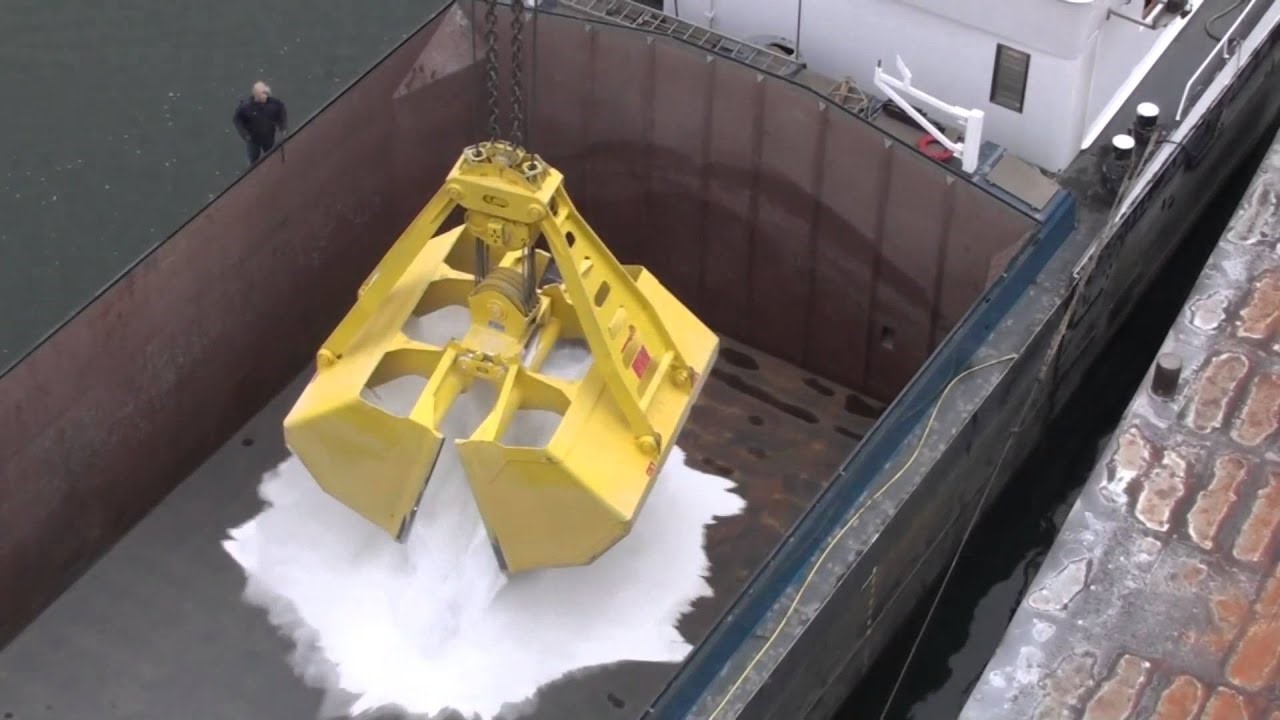

The London Metal Exchange's alumina contract has started trading last week and multiple lots of 50 tonnes were traded on Thursday 17 October 2019 at US$284 per tonne for November 2019 and US$294 per tonne on the January 2020 contract. The contracts were settled on a basket of CRU's alumina price, the CRU-API, and Fastmarkets' FOB Australia alumina index. A press release from CRU has confirmed that.

CRU's Alumina Price Index (API, Australia FOB) edged down to US$277.5 per tonne on the same day. The liquidity in the physical market was driven by alumina spot cargos sold to China.
The latest physical market transactions involved two 30,000 tonnes Australian cargos sold at US$302.00 per tonne and US$303 tonne CIF China respectively. The International Maritime Organisation (IMO) 2020 has ruled that from 1 January 2020, marine sector emissions in international waters be slashed. This has increased the ocean freight cost between Western Australia and China to US$25.00 per tonne for December 2019, up about US$2.00 per tonne from November.
As the leading transaction-only price benchmark for the physical market, the CRU-API is widely used in the settlement of physical contracts. CRU API price is known for its accurate reflection of market fundamentals, which incorporates verified physical trades from across the supply chain in its price assessment. Its use in LME Alumina futures contract is another natural application for the CRU-API. LME alumina contract will act as an ideal risk management tool for the market participants.
As CRU uses transaction data exclusively as data inputs to their price assessment, it ensures that it accurately reflects the actual spot market with no risk of external information impacting the published prices.



Responses






